Solutions to 4 Landscape Drainage Problems
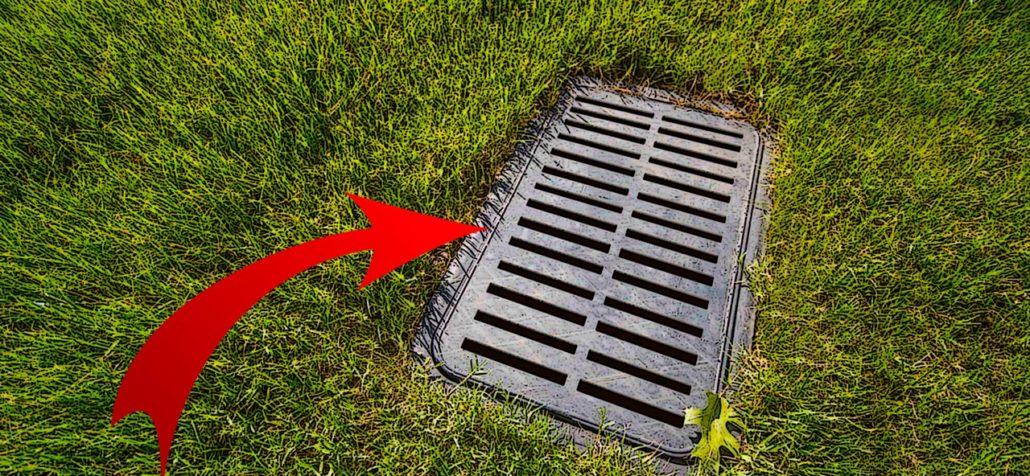 |
I’ve updated our post about drainage from March of this year.
We talk again about solutions to landscape drainage problems.
There is additional detail added including graphics that describe the drainage problems and solutions.
One of the solutions described below is a dry creek bed. It was a project of Gardeners’ Guild at Spring Lake Village.
1. Hardscape with Standing Water
 |
Includes patios, pavers, driveways, parking lots and steps.
If these areas have had standing water for some time it could be due to these issues listed below
Improper grading
Your hardscape may not have the proper slope and is directing water toward the building foundation.
Blocked drains
Tree roots, leaves, mulch and other debris can blow into the drain from winds and rain
Corroded pipes
Over time, your drainage pipes deteriorate and will eventually collapse.
The Risks
Water can put your structure’s foundation at risk.
Storm water carries with it chemicals, debris, dirt, pesticides and other toxins.
Solutions for Standing Water
Regrading. Over time a property will settle.
Clear out drain grates and pipes (make a plan for their regular future maintenance)
Arrange gravel around the perimeter of drain grate to deter debris from blowing in.
On larger hardscaped commercial property areas more drains may be required.
2. Flooded Turf
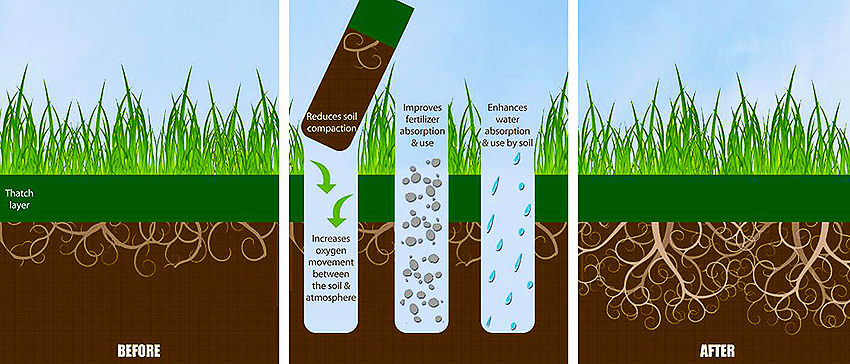 Above illustrates what aeration does |
The culprit can be grading but a more likely offender is compacted soil.
Summer drought conditions and degraded soil will shrink pore space that normally accepts water and nutrients.
High foot traffic will also contribute to soil compaction. You can identify it by its hard surface.
Soil texture needs to be loose enough to allow water to pass through. Clay soil, common in the San Francisco Bay Area is the opposite!
The Risks
When water pools on top for a prolonged period, turfgrass will decline and rot.
You can observe it by smell – foul odor.
You will also notice grey, red or orange spots and insects.
Solutions for Flooded Turf
Re-grading
Aeration. The soil is perforated which opens up its pores to allow nutrients and moisture. (See graphic above)
Build a dry creek bed. It is a gully or a trench usually lined with stones and edged with plants to mimic the look of a stream. They are beautiful and will help with drainage. See example below.
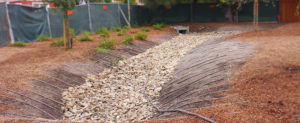 Dry creek bed under construction at Spring Lake Village Santa Rosa |
3. Flooded Planter bed and other planted areas
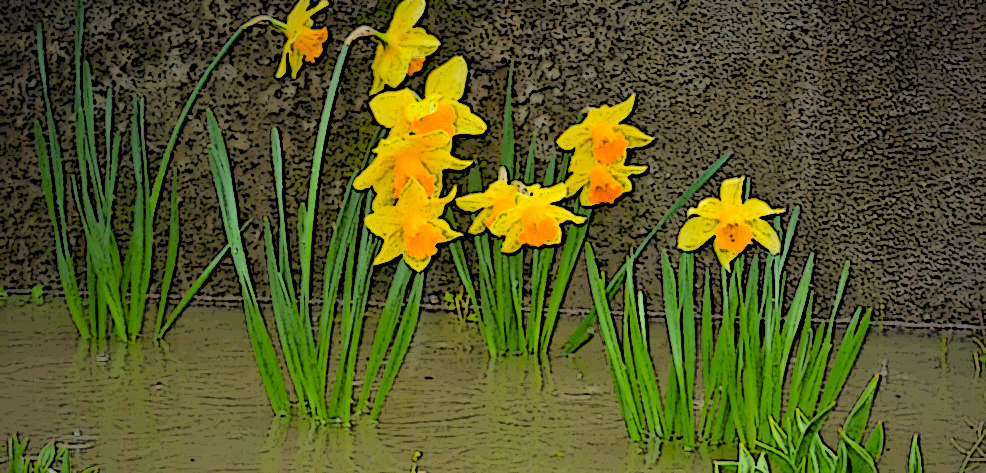 |
A planted area or bed should be designed to allow the water to flow out and be distributed to other areas. A proper slope needs to be calculated with a site level during the design process.
The Risk
Plant root damage will occur if soil is saturated for a prolonged period. When soil’s abililty to absorb water is tapped out it is considered saturated.
Solutions for Flooded Planter Beds
Re-grading will help with slope problem. Correcting this involves directing surface water to the lowest spot on the property which will empty into a drainage ditch, catch basin or well.
Good options include:
Creed beds (illustration above)
French drains
Bioswales. Increasingly popular and effective. They are constructed to slow, collect infiltrate and filter stormwater. They include a permeable storm bed. (See graphic below)
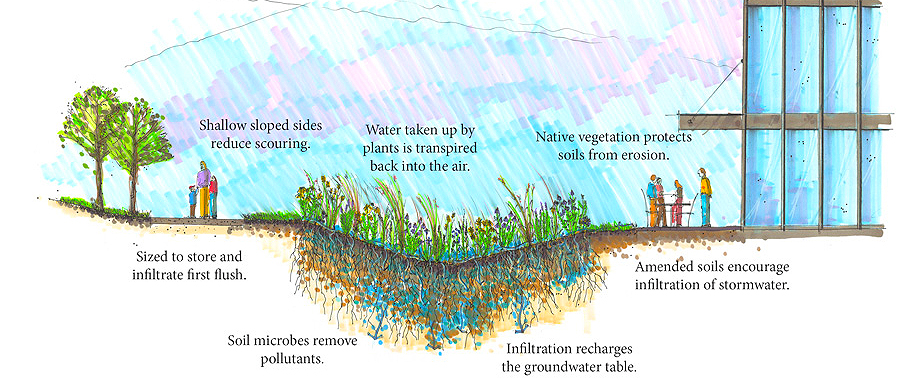 |
4. Flooding Around Down Spouts
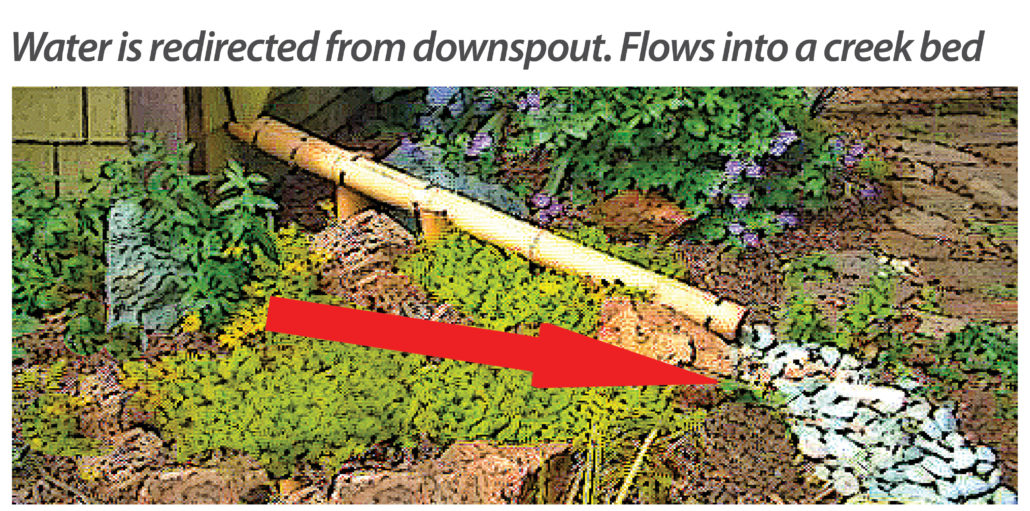 Example of re-directing down spout and into creek bed |
This is a common problem. In heavy rain down spouts can empty rainwater into the landscape.
The Risk
Your building’s foundation
Plant root damage, erosion and hardscape deterioration.
The Solution
A professional can re-direct the downspout. A dry creek bed is an additional step to drive moisture away from your building.


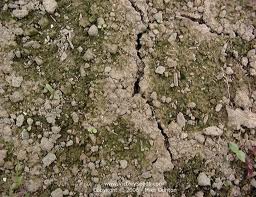
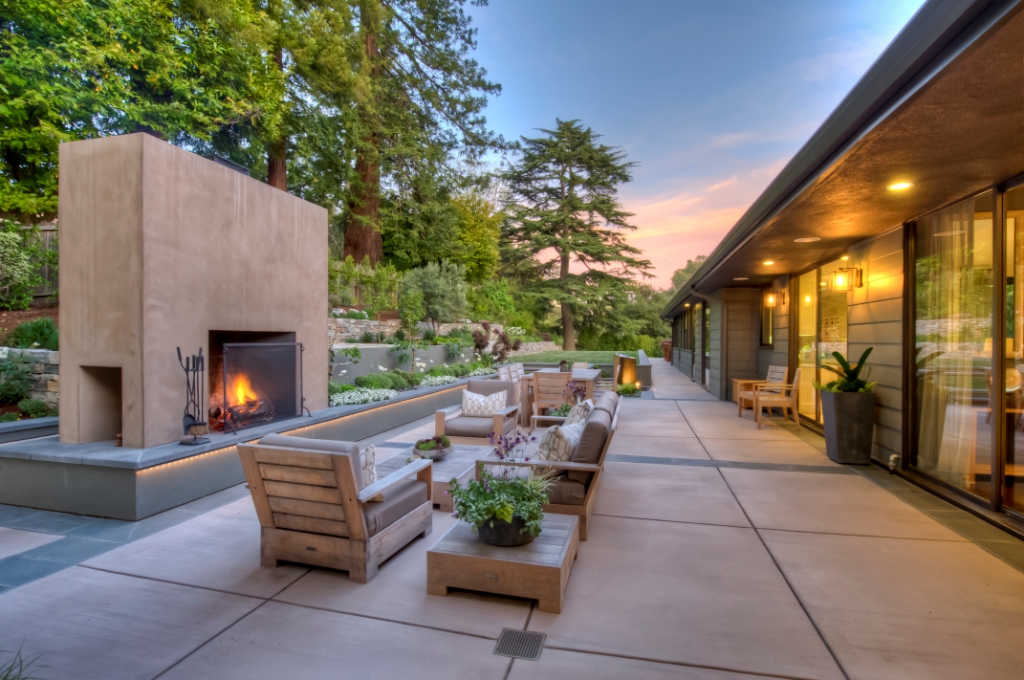
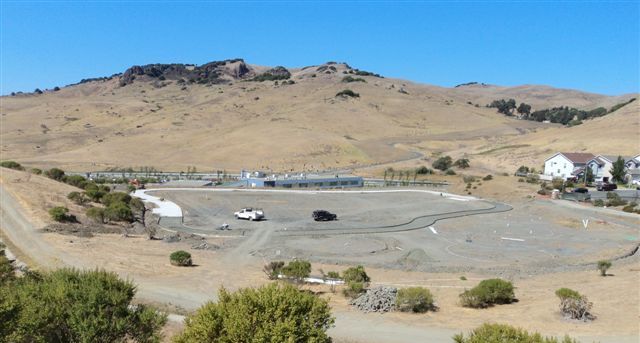
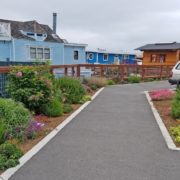

There was a really big rain storm recently, and I noticed a pool of water appearing in my back yard. It makes sense that it could be due to improper drainage. It would be smart for me to get a professional to install a drain to ensure that my back yard doesn’t flood.
Thank you for sharing this informative blog, its really helpful.